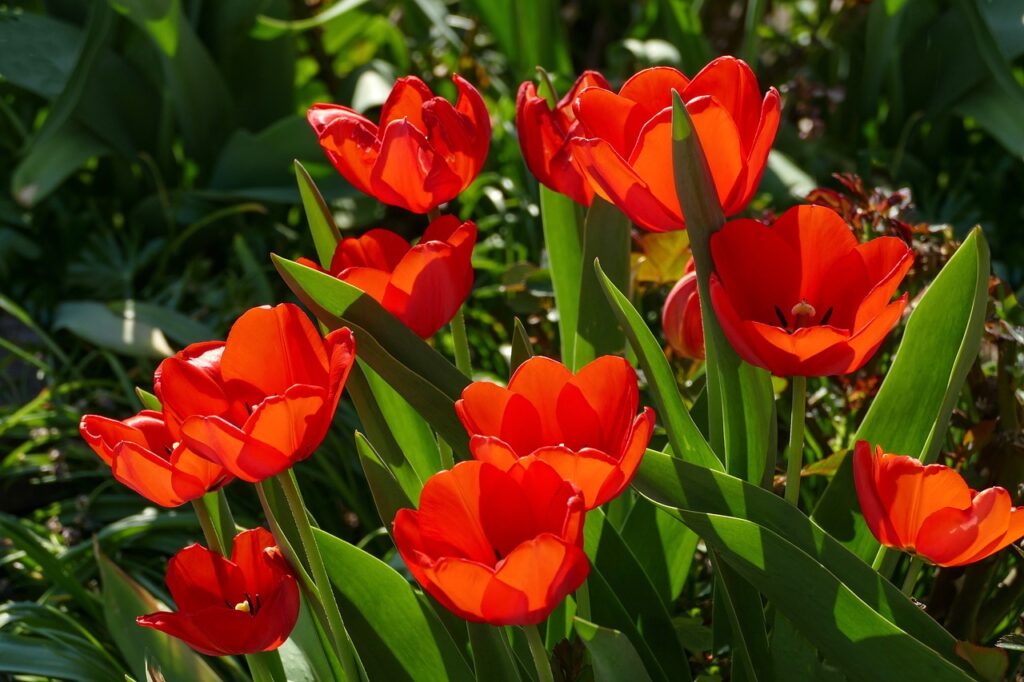To Share is to Show You Care!
Welcome to our comprehensive guide on tackling the challenging issue of lack of sunlight in gardening. Whether you’re dealing with a shady yard or a limited balcony space, we’ve got you covered with the best solutions to ensure your plants thrive against all odds! Read on to discover expert tips and strategies to create a flourishing garden even in low-light conditions.
1. Understanding the Importance of Sunlight
Before delving into the solutions, let’s grasp the significance of sunlight in gardening. Sunlight is essential for photosynthesis, the process that enables plants to convert light into energy for growth. However, not all plants require full sun exposure to thrive. Some are well-suited to partial or even full shade, making them ideal choices for low-light environments.
2. Selecting the Right Plants
Choosing the appropriate plants for your low-light garden is crucial. Opt for shade-loving varieties that can thrive with limited sunlight. Some popular choices include:
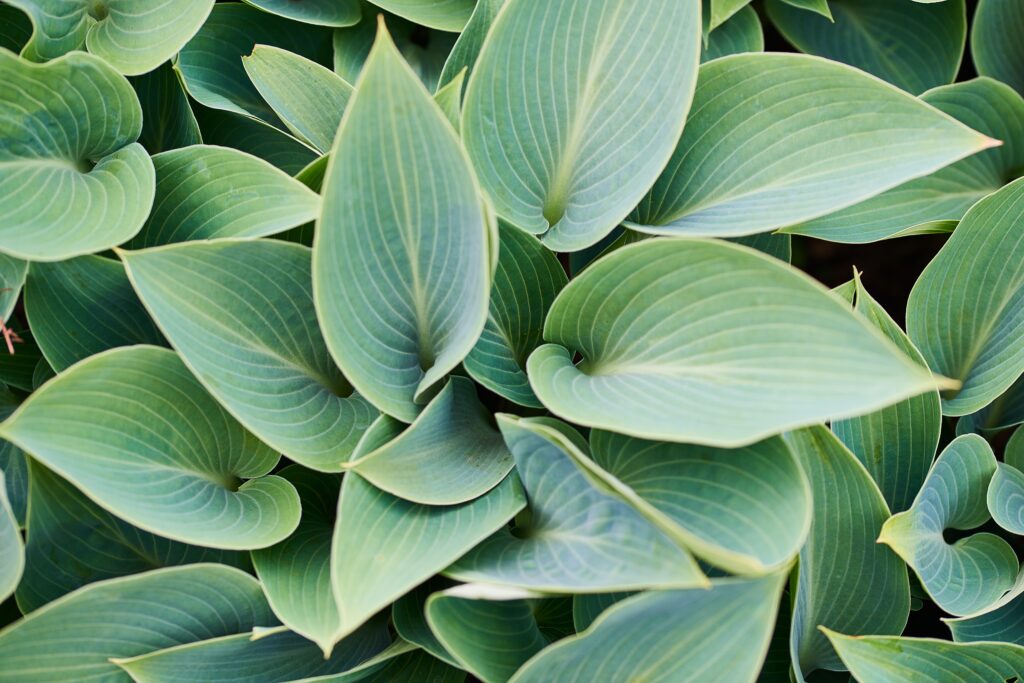
Hostas (Hosta spp.) are popular garden plants that thrive in shade and part-shade. They are easy to care for and propagate, and come back every year with proper care.
Ferns are a group of vascular plants that reproduce via spores and have neither seeds nor flowers. They have true roots, stems, and complex leaves. Ferns are a hardy perennial plant that will grow back each year.
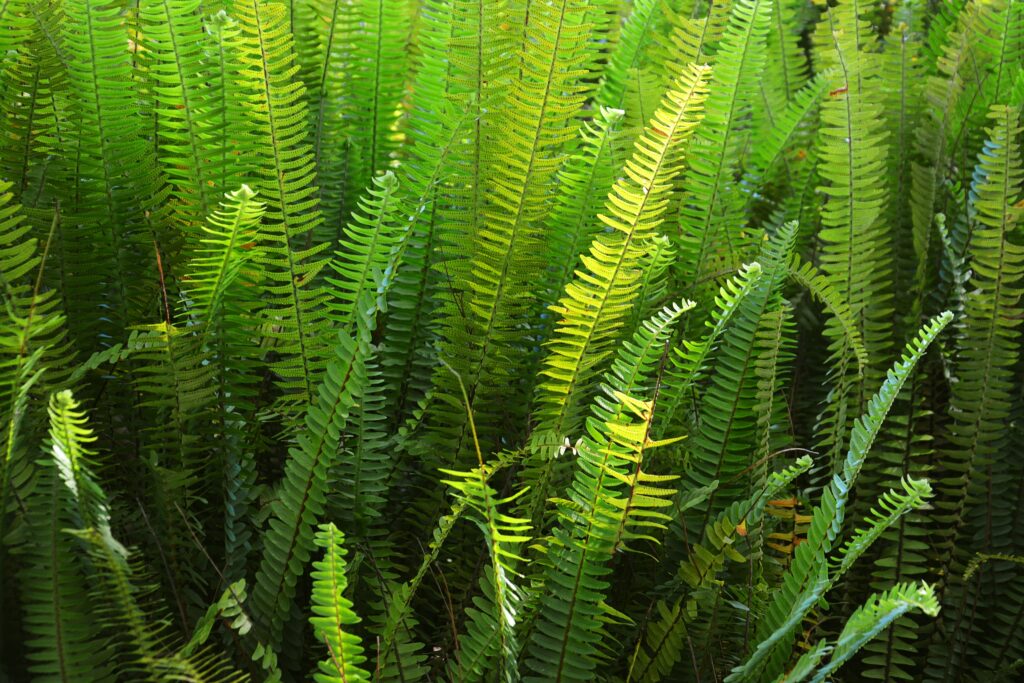
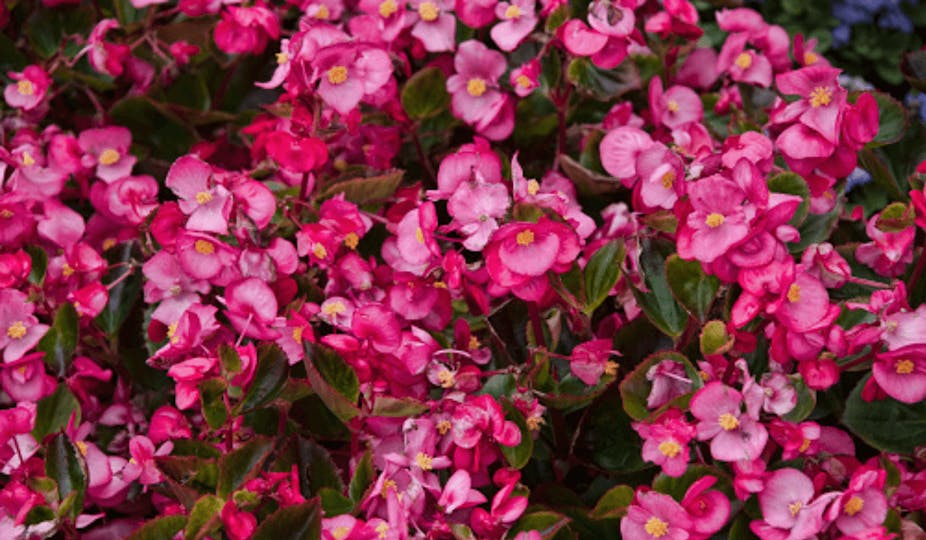
Begonias are a genus of plants that includes annuals, perennials, shrubs, and climbers. They are characterized by their fleshy stems and are grown for their showy flowers or colorful leaves. Begonias are easy to grow and come in many shapes, sizes, and colors.
Impatiens are low-maintenance plants that grow well in containers and garden beds. They prefer moist, well-drained soil that is high in organic matter. Impatiens also like shade and are sensitive to cold, so you should wait to plant them outdoors.
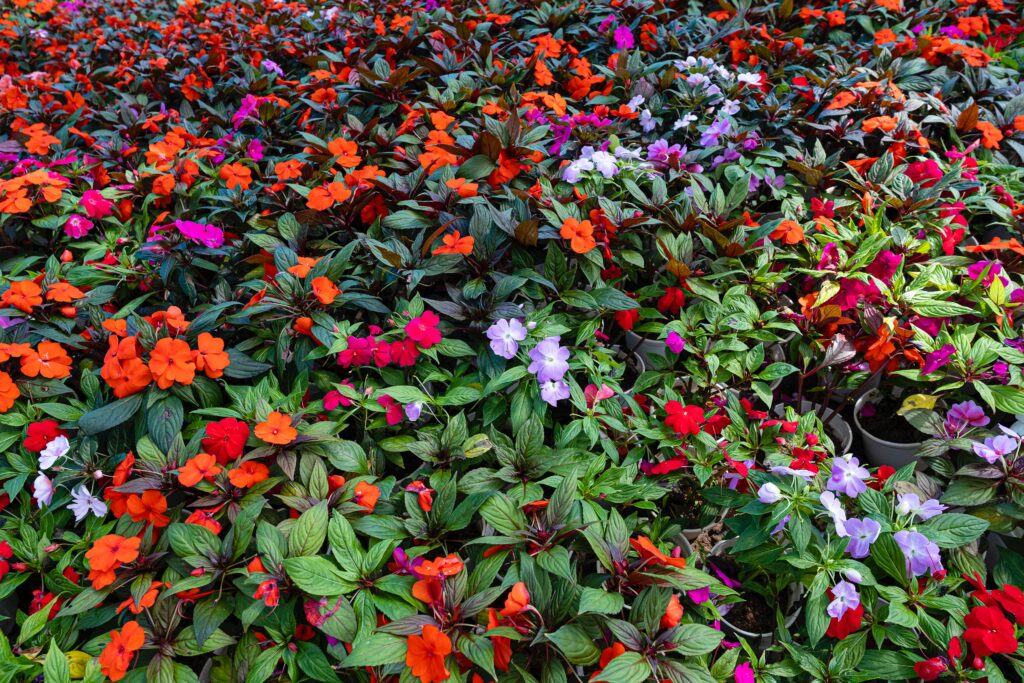
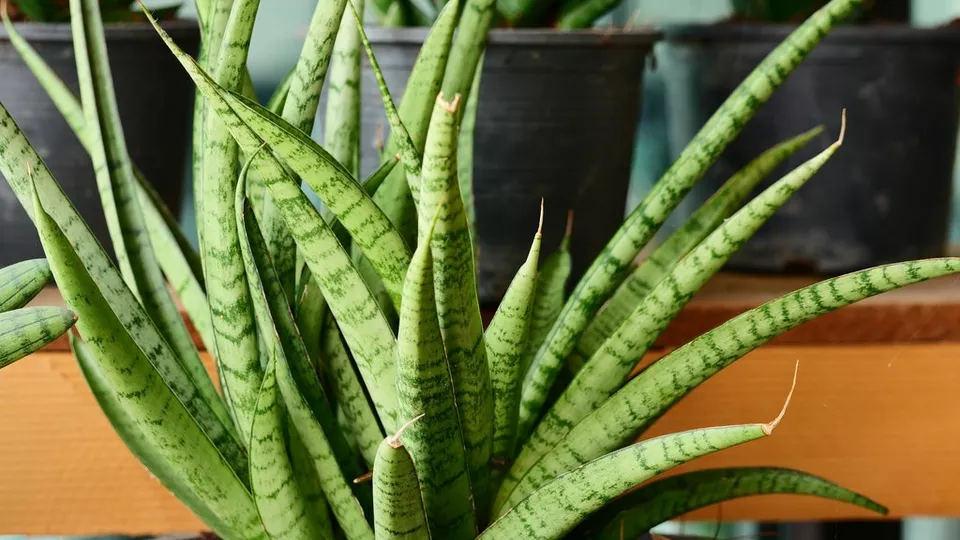
Snake plants, or Dracaena trifasciata, are a popular houseplant with stiff, sword-like leaves. They are native to tropical West Africa and can grow up to 12 feet tall in their native habitat. When grown indoors, they usually reach two feet tall.
Peace lilies are tropical, evergreen plants that are native to Central and South America. They are members of the Arum family and are not true lilies. Peace lilies are named for their white flowers, which resemble flags of peace.
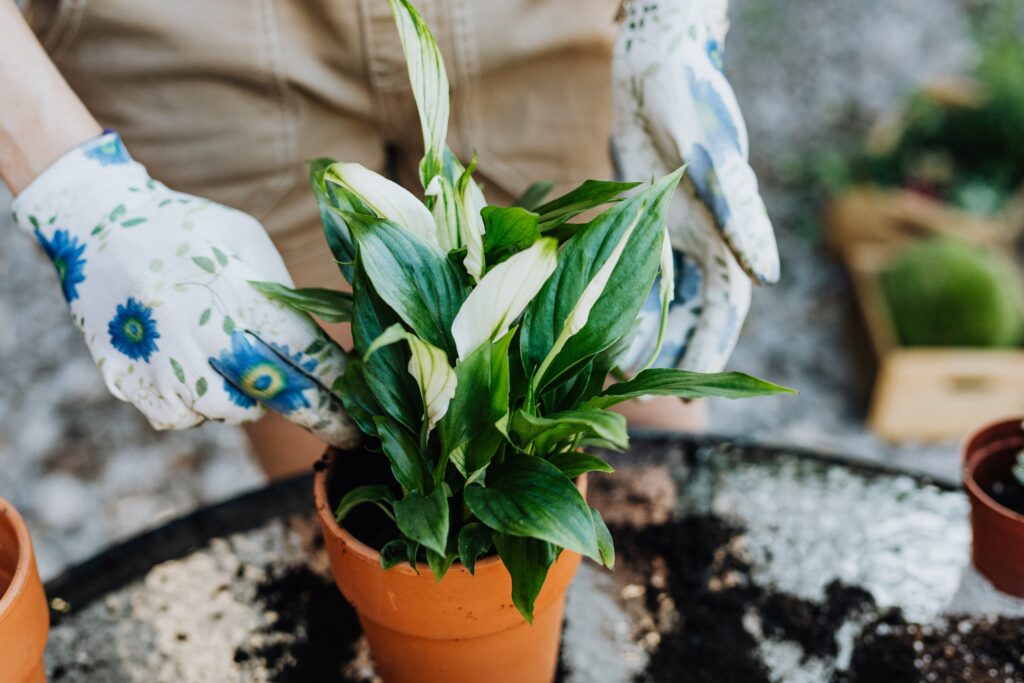
3. Strategic Placement
Properly positioning your plants is vital in a low-light garden. Consider these placement tips:
- Group shade-loving plants together to create a visually appealing and cohesive garden bed.
- Place taller plants behind shorter ones to ensure each plant receives adequate light without overshadowing others.
- Utilize reflective surfaces to maximize available light. Mirrors or light-colored walls can bounce sunlight onto shaded areas.
4. Container Gardening for Flexibility
If you have a limited outdoor space, consider container gardening. This method allows you to move your plants around to catch the most sunlight throughout the day. You can position the containers near windows, balconies, or even indoors near a well-lit area.
5. Artificial Lighting Solutions
For areas with extremely low light, supplementing natural light with artificial lighting can make a significant difference. LED grow lights are an excellent choice as they are energy-efficient and provide the specific light spectrum needed for plant growth.
6. Mulching and Watering Techniques
Mulching helps retain moisture in the soil and regulates temperature, benefitting plants in shady environments. Additionally, proper watering is crucial; overwatering can be detrimental, while under watering can stress the plants. Find the right balance and consider using a self-watering system to maintain consistent moisture levels.
7. Regular Maintenance and Pruning
Regularly inspect your plants for signs of stress or disease. Prune any dead or yellowing leaves to direct the plant’s energy to healthier parts. A well-maintained garden is more likely to thrive in challenging conditions.
Conclusion
Don’t let a lack of sunlight hold you back from enjoying a beautiful and flourishing garden. By selecting the right plants, strategically placing them, considering container gardening, and supplementing with artificial lighting, when necessary, you can overcome the odds and create a stunning low-light garden. Embrace these solutions and watch your garden bloom even in the shade! Remember to experiment with various plants and techniques to find what works best for your specific conditions. With dedication and a touch of green-thumb magic, you can turn your low-light garden into a thriving oasis of greenery and beauty. Happy gardening!
Frequently Asked Questions
Q1: What to do when the garden doesn’t get enough sun?
A: When your garden doesn’t receive enough sun, you can take several steps to address the issue. First, consider relocating your garden to a sunnier spot in your yard if possible. If not, you can prune nearby trees or bushes to allow more sunlight to reach the garden. Additionally, try planting shade-tolerant plants that can thrive with less direct sunlight. Using reflective surfaces or white mulch around your plants can help bounce more sunlight onto them. Lastly, you may consider using artificial lighting, like grow lights, to supplement the lack of natural sunlight for your plants.
Q2: How can I get more sunlight in my garden?
A: To get more sunlight in your garden, you can follow these steps:
- Choose an ideal location: Pick a spot in your yard that receives the most sunlight throughout the day.
- Trim surrounding vegetation: Prune trees, bushes, or any other obstructions that may be blocking sunlight from reaching your garden.
- Use reflective surfaces: Place reflective materials, like mirrors or white boards, strategically around your garden to redirect and amplify sunlight.
- Optimize plant placement: Arrange your plants in such a way that they don’t shade each other, allowing all of them to receive sufficient sunlight.
- Consider container gardening: If your yard has limited sunny areas, consider using containers that can be moved around to capture the most sunlight.
Q3: How do you grow a garden without sunlight?
A: Growing a garden without sunlight is challenging, as most plants require sunlight for photosynthesis and healthy growth. However, you can still grow certain plants in low-light conditions. Choose shade-tolerant plants like ferns, hostas, or certain varieties of moss. Alternatively, you can create an indoor garden near a window that receives indirect sunlight. Another option is to use artificial lighting like full-spectrum grow lights to mimic the effects of sunlight.
Q4: What is the alternative to sunlight for plants?
A: The alternative to sunlight for plants is artificial lighting. Grow lights, particularly full-spectrum or LED grow lights, provide the necessary light spectrum for photosynthesis, allowing plants to grow indoors or in areas with limited natural sunlight. While artificial lighting can supplement sunlight, it may not fully replicate all the benefits that natural sunlight provides.
Q5: How many hours of sun does a garden need a day?
A: The number of hours of sun a garden needs per day depends on the types of plants you are growing and their specific light requirements. In general, most vegetables and flowering plants need at least 6 to 8 hours of direct sunlight each day for optimal growth and productivity. However, some plants, particularly shade-tolerant varieties, can thrive with less sunlight.
Q6: How much sunlight is needed per day for a garden?
A: A garden typically needs at least 6 to 8 hours of direct sunlight per day for most plants to grow well. Some plants may require more sunlight, while shade-tolerant varieties can tolerate as little as 4 hours of direct sunlight or even less.
Q7: How can I increase my natural sunlight at home?
A: To increase natural sunlight at home, you can try the following methods:
- Keep windows and glass doors clean to maximize the amount of sunlight that enters your home.
- Trim trees or bushes outside your windows that may be blocking sunlight.
- Use light-colored curtains or blinds that allow more light to pass through.
- Position mirrors strategically to reflect sunlight into darker areas of your home.
- Consider adding skylights or solar tubes to bring in additional natural light.
Q8: Is morning or afternoon sun better for a vegetable garden?
A: In general, morning sun is better for a vegetable garden than afternoon sun. Morning sunlight is typically milder and less intense, which reduces the risk of plants getting stressed or scorched. It also allows plants to photosynthesize and carry out essential processes early in the day when temperatures are cooler. However, if your area experiences extremely hot mornings and mild afternoons, you may want to provide some shade to protect delicate plants during the hottest part of the day.
Q9: What vegetables need 5 hours of sunlight?
A: Some vegetables that can tolerate around 5 hours of direct sunlight per day include:
- Leafy greens like lettuce, spinach, and kale.
- Root vegetables like beets and carrots.
- Herbs like parsley and cilantro.
- Broccoli and cauliflower (though they may benefit from more sunlight).
Q10: What veggies don’t need a lot of sun?
A: Several vegetables are considered shade-tolerant and can grow with relatively less sunlight. Some examples include:
- Leafy greens like arugula and Swiss chard.
- Herbs like mint, chives, and thyme.
- Radishes and peas.
- Brussels sprouts and cabbage (though they may grow slower with less sunlight).
Q11: What vegetable can grow in full shade?
A: Some vegetables that can grow in full shade or with minimal sunlight include:
- Mushrooms (technically fungi, but they are edible and often grown in gardens).
- Leafy greens like lettuce, spinach, and kale.
- Beets and carrots (although they may grow more slowly).
Q12: Is sunlight through a window direct sunlight for plants?
A: Sunlight through a window can be considered indirect sunlight for plants. While some light does pass through the window, it undergoes diffraction, reducing its intensity and changing the light spectrum. Most indoor plants can still survive with indirect sunlight, but they may not grow as vigorously as they would with direct sunlight. It’s essential to choose plants that can thrive in lower light conditions if you plan to keep them indoors.
Q13: Can grow lights completely replace sunlight?
A: While grow lights can provide the necessary light spectrum for photosynthesis and support plant growth, they may not completely replace natural sunlight. Sunlight contains a broad spectrum of light, including UV and infrared rays, which play a role in various plant processes. Additionally, natural sunlight changes intensity and spectrum throughout the day and with the seasons, which can impact plant development. Grow lights, particularly full-spectrum LED grow lights, can come close to replicating natural sunlight and work well for indoor gardening or supplementing outdoor gardens with insufficient sunlight.
The Informed Minds
I'm Vijay Kumar, a consultant with 20+ years of experience specializing in Home, Lifestyle, and Technology. From DIY and Home Improvement to Interior Design and Personal Finance, I've worked with diverse clients, offering tailored solutions to their needs. Through this blog, I share my expertise, providing valuable insights and practical advice for free. Together, let's make our homes better and embrace the latest in lifestyle and technology for a brighter future.

